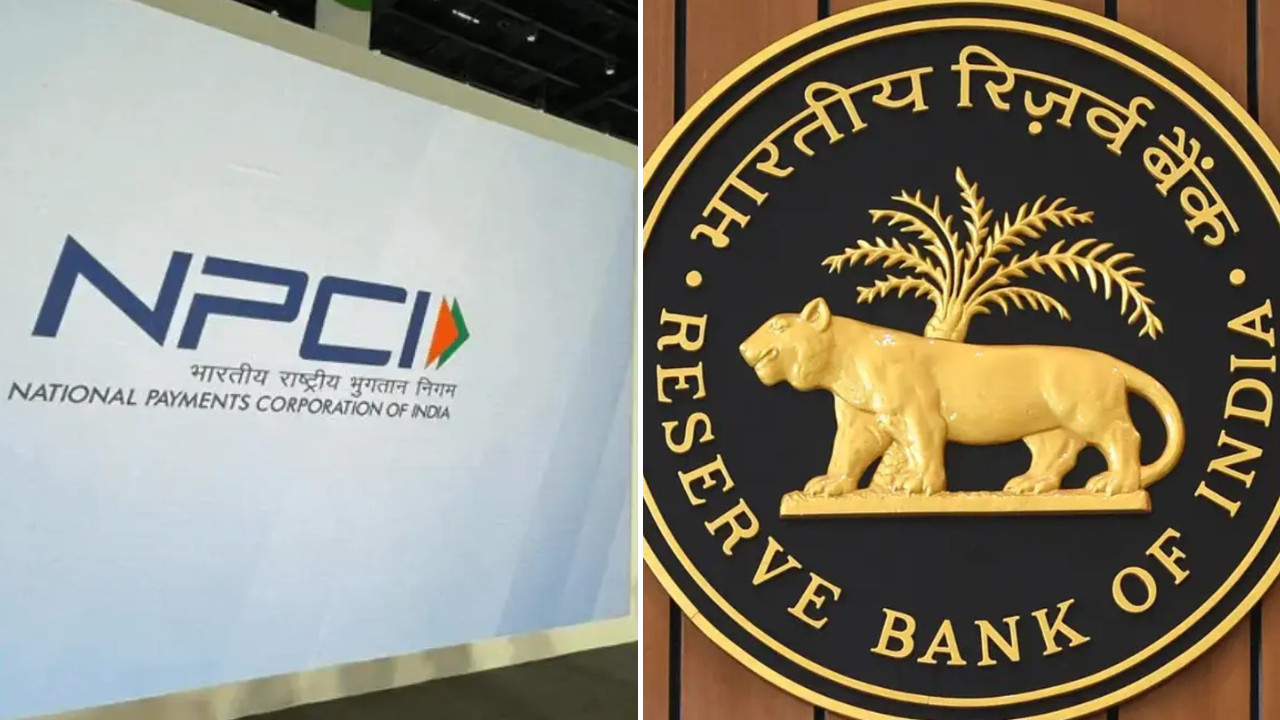India Inc. saw revenue grow by up to 6% in the July-September quarter, driven by sectors like cement, pharma, and telecom. However, profitability faced pressure as companies struggled to pass on higher input costs, leading to a likely 0.50-1% fall in operating profit margins year-on-year.
Decoding India Inc.’s Q2: Beyond the Headline Numbers
The second quarter is in the books, and the corporate scorecards are rolling in. While the initial reports might point to a generally positive trend, a closer look reveals a more nuanced picture of India Inc.’s performance. Crisil’s recent analysis shines a light on the underlying currents, revealing a growth story with some intriguing twists. Forget a uniform surge – we’re seeing a segmented landscape where certain sectors are powering ahead while others are navigating choppy waters.
Overall revenue for India Inc. climbed 6% in Q2, a seemingly healthy increase. But before we uncork the champagne, it’s important to understand what’s driving this growth, and where the momentum might be slowing down. The report highlights a divergence between sectors. Some, like consumer discretionary and pharmaceuticals, are contributing significantly, while others, particularly IT and steel, are experiencing a noticeable deceleration.
The Consumer is Still King (But Spending Wisely)
One of the key takeaways is the resilience of consumer demand. Even with inflationary pressures and global uncertainties looming, Indians are still opening their wallets, particularly for non-essential items. This spending is fueling growth in the consumer discretionary sector. This suggests a level of confidence in the economic outlook, at least amongst a significant portion of the population. However, this doesn’t necessarily mean carefree spending. Consumers are becoming more discerning, seeking value and prioritizing experiences.
“`html

“`
This trend underscores the importance for businesses to understand evolving consumer preferences and adapt their offerings accordingly. Simply put, price and quality are now more critical than ever. Companies that can deliver on both fronts are likely to thrive, while those that can’t may struggle to maintain market share.
Pharma’s Healthy Dose of Growth
Another sector showing robust growth is pharmaceuticals. This isn’t entirely surprising, given the increasing awareness of health and wellness, coupled with India’s position as a global pharmaceutical hub. The industry is benefiting from both domestic demand and export opportunities. This growth trajectory is expected to continue, driven by factors such as an aging population, increasing healthcare expenditure, and ongoing innovation in drug development. This is a sector ripe for investment and continued expansion.
IT and Steel: Facing Headwinds
While consumer discretionary and pharma are enjoying tailwinds, IT and steel are facing tougher conditions. The IT sector, a long-time engine of growth for the Indian economy, is experiencing a slowdown in demand from key global markets. This is partly due to macroeconomic uncertainties and the cyclical nature of technology spending. Similarly, the steel sector is grappling with overcapacity, fluctuating raw material prices, and subdued demand from infrastructure projects in certain regions.
This slowdown in these traditionally strong sectors highlights the need for diversification and resilience. Companies need to explore new markets, invest in innovation, and focus on efficiency to navigate these challenges effectively. It might be the time for these companies to look toward AI and implement solutions that will automate tasks and help them to operate more efficiently. This would reduce expenditure and increase profitability.
The Road Ahead: Navigating Uncertainty
So, what does this all mean for the future? The Crisil report suggests that India Inc. is likely to continue to grow, but at a more moderate pace than in recent years. The key to success will be adaptability and strategic decision-making. Businesses need to carefully monitor market trends, understand evolving consumer preferences, and invest in innovation to stay ahead of the curve. They also need to manage costs effectively and build resilience to withstand external shocks.
The differing fortunes of sectors also highlight the importance of a diversified economy. Over-reliance on a few key sectors can make the economy vulnerable to downturns. Encouraging growth in other sectors, such as manufacturing, renewable energy, and tourism, is crucial for sustainable and inclusive growth. It’s also important to invest in infrastructure development, improve the ease of doing business, and promote entrepreneurship to create a vibrant and dynamic economy. These will encourage the growth of India Inc. and ensure it becomes more diverse and resilient to issues in specific sectors.
In conclusion, the Q2 earnings season offers a valuable glimpse into the health of India Inc. While overall growth remains positive, the underlying trends reveal a complex landscape with both opportunities and challenges. Companies that can adapt, innovate, and build resilience will be best positioned to thrive in the evolving economic environment.







